Director General of Sistan and Baluchestan Province’s Environment Protection, Saeid Mahmoudi who is taking part in the UNESCO world congress of biosphere reserves said the decision was made in the conference held in Lima, Peru.
With the recent designation of Lake Hamun which was already registered as a world heritage site, number of Iran's biosphere reserves increased to eleven.
Given the importance of the issue, the development of reserves was put on the agenda of Iran's Environmental Protection Organization (IEPO) and the registration of Lake Hamoun marks a great achievement for the Islamic Republic of Iran.
With the introduction of Hamun as a biosphere reserve, the international funding for the wetland’s management increase providing grounds for following the issue of water rights more seriously.
Hamun Lake is the seventh international wetlands into which Afghanistan’s longest river Helmand is emptied. But a long dispute between Kabul and Tehran has centered on Iran's claim to a portion of the Helmand's waters. Under an agreement between the two countries signed in 1973, Afghanistan is obliged to let at least 26 cubic meters of water per second flow from the dams into Iran. And while control over the flow has long proven a source of contention between the two countries, in 1999, the Taliban turned the taps off completely.
The 4th World Congress of Biosphere Reserves congress of United Nations Educational, Scientific, and Cultural Organization (UNESCO) was held in Peru from March 14-17 with the theme of ‘A New Vision for the Decade 2016-2025.’
The Congress addressed issues related to the Sustainable Development Goals (SDGs) and the Post-2015 Development Agenda, such as education for sustainable development, the economic viability of nature conservation systems, biodiversity, and the protection and sustainable use of natural resources, among others.
HA/IRN82008019








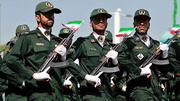
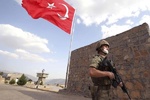

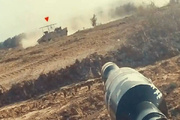








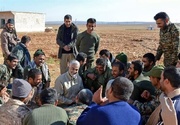
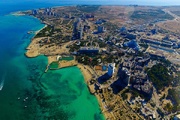
Your Comment